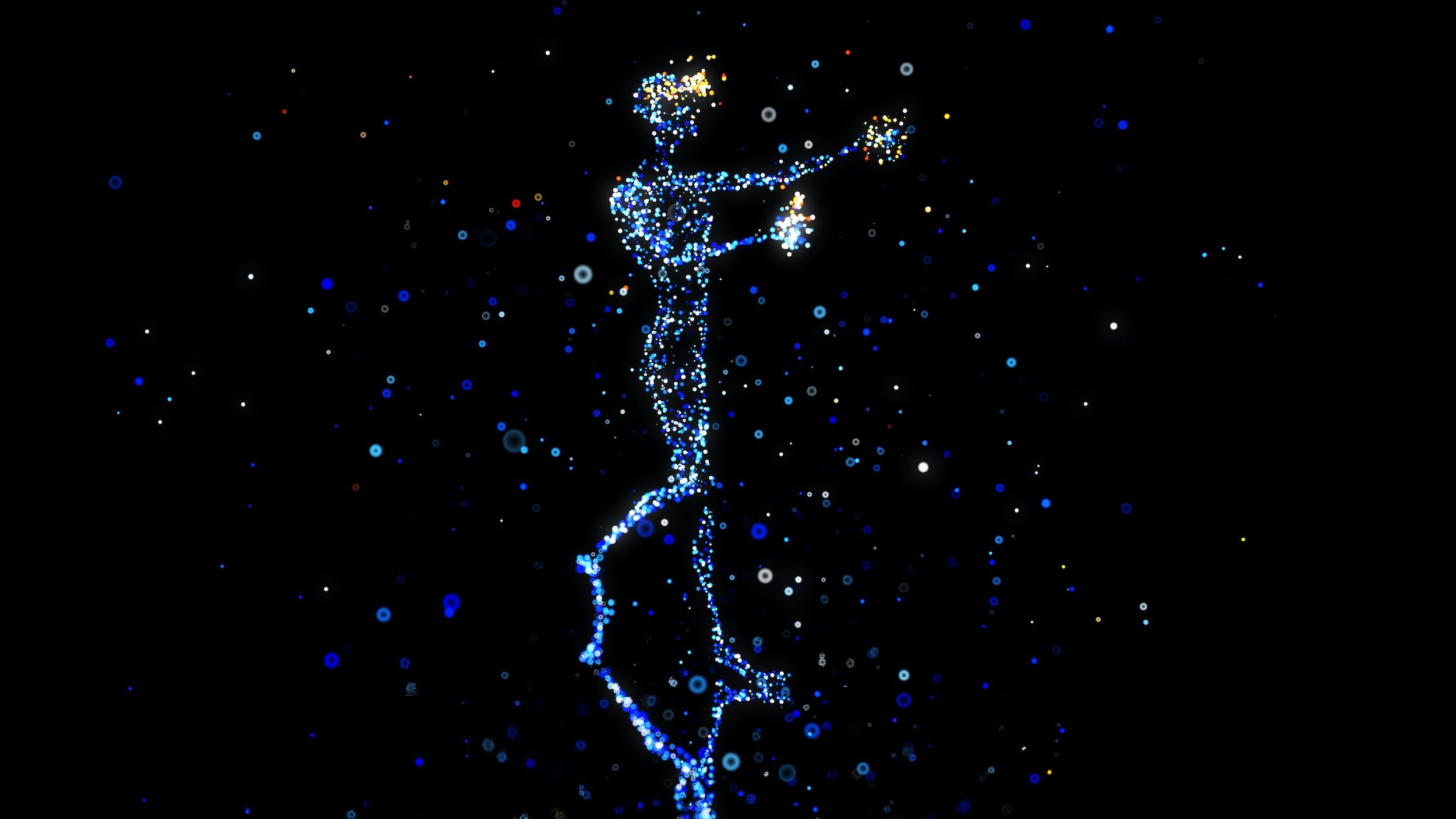
Video Game Law
What is Video Game Law
Gaming and interactive entertainment have absolutely exploded worldwide. If you are an indie video game producer, video game writer, or video game composer, video game may just be the ultimate medium to make your wildest fantasy a reality. But how do you go about protecting your rights in the video game industry? How do you navigate controversies or disputes around your game? And what do you need to be aware of when negotiating a publishing agreement with the Goliaths of the gaming industry? These are all questions an experienced video game lawyer can answer. Let’s dive in.
Level 1: Copyright for Your Video Game Concept
Hooray, you’ve just come up with a great concept for the next hit game. You know exactly how this will go: from character creation, skill tree, inventory design, loot system, all the way to how much bounce you want in the CGI. You quickly jot down a few ideas on the notepad. Now, are these ideas protected? What if you want to start hiring designers, writers, and developers to build on your ideas. How do you protect YOUR game?
The good news is that U.S. copyright laws protect your creations immediately after you “fix the ideas in a tangible medium of expression.” What does that mean, exactly? As soon as you write your game concepts down on a piece of paper, or recorded onto a computer hard drive, your ideas are “expressed and fixed in a tangible medium,” and protected by copyright. Your first step to let others know the ideas are yours will be to include a copyright notice, or the (c) symbol followed by year of publication.
However, copyright only protects the “expression of an idea,” not the idea itself. What is the difference? Let’s say you come up with a genius puzzle game idea, let’s call it “Word Wrangler.” You write World Wrangler down on a piece of paper, including the level design, basic art style, and even a logo. Then you hop on Discord and tell your friends in #indiegamedevs all about it. Are your friends prevented from developing the same game? Not exactly. You see, even though you’ve written Word Wrangler down, the abstract ideas about the game are not protected by copyright, only the exact expression of them are. Your friends are free to express their own version of the Word Wrangler on their own. This becomes much worse for the original author when you are facing a giant media conglomerate. Ever heard of Indiepocalypse? TL;DR, the ideas for Word Wrangler (now dead) were stolen. Now there is Word Wizard, developed by BigShot Games, and it just reached 10 million downloads on Steam.
Level 2: Trademark for Your Video Game Name and Logo
Trademarks are arguably the second most important IP protection for game companies after copyright. The right trademarks help consumers identify the source of the merchandise and thus help set you apart from your competitors. Trademarks are crucial for you to build a reputation, a brand, and a strong consumer base. For example, you might find it absurd for a random eBay shop to charge you over $1,000 for a coat but consider it a steal when you find it at the sale section of a Gucci store (BTW there is no such thing as a sale section at any Gucci store).
So how do you obtain a trademark that is protected? You may use a ™ symbol to indicate that the mark is being used in business. Or you may put a ® symbol following your mark to indicate that the mark has been registered with the United States Patent and Trademark Office (USPTO) or another national trademark office. Whether you decide to register your mark or not, you should always conduct a thorough trademark search to ensure that your mark is not infringing upon any other existing trademark that is in use. Trademark infringement is no joke to any company, especially startups. An infringing trademark can cost the infringing party a large sum of settlement money, or even litigation and everything that follows.
Level 3: Put a NDA on it
When you are a video game developer, NDAs (Non-disclosure Agreements) are your best friends. You would not want your software engineer to go around telling people how certain mechanics of the game is coded, nor would you want your staff to spoil important plot twists in the game before it even launches. On top of that, imagine all the beta-testing you will have to do before officially launching your game! One of the worst nightmares would definitely be having the content of your game leaked all over the internet. And here is where NDAs come into play.
Generally, the person signing an NDA with you is not allowed to disclose certain information to any third parties, except under circumstances described in the agreement. Said person is legally bound by their promise under the NDA not to disclose the information to third parties. If they break the promise, the existence of an NDA between you and the person allows you to take them to court to stop them and/or recover damages resulting from the disclosure.
However, you should decide what information is the most crucial to your game and your company before drafting an NDA, and make sure the signer understands what they CAN and CANNOT do under the agreement. Afterall, NDAs are not a piece of duct tape you can put over the signer’s mouth to stop them from actually saying anything – if the person really wants to do it, they will. And it will be on you to go through the litigation process to protect your rights, which can be costly and time-consuming. While NDAs are important and definitely necessary, you should also consider supplements to NDAs so that the important information stays safe away from the public.
Level 4: Patent it if you can
Oh well. Where do we start? Patents are perhaps the most complex form of IP protections, for several reasons. First of all, patent laws are constantly being revised and the scope of patents is constantly shrinking. In 2014, the Supreme Court of the United States decided on a case that an abstract idea implemented by a computer is not patentable.[1] This decision made patenting video games, or software in general, particularly hard. Second, patents have a relatively short, limited lifespan compared to other forms of IP. Currently, patents that pay the required maintenance fees are valid for 20 years from the time they are filed, while the application process for a patent can take two to four years, which involves hurdles of written materials and figures required for the application. Finally, patents grant a “negative right,” similar to copyright, which means, in order to protect your rights, you will have to take the infringing party to court. And generally speaking, patent litigation itself is punishment for both parties.
[1] Alice Corporation Pty Ltd. v. CLS Bank International et al., 573 U.S. 208 (2014).
Level 5: Contract, Contract, Contract.
At this point, you are probably thinking: “Oh heck no, there’s more?” Unfortunately, yes. After everything – copyright, trademarks, NDAs, patents – all the written materials and legal documents you already have to prepare, there are more contracts to draft and sign. For example, you will need a contract for publishing your game on a third-party platform, a contract for licensing some underlying software of the game from a third-party developer, end-user agreements or terms of use between you and the players, privacy notices, advertising and marketing agreements, so on and so forth. As a company, you will also need to deal with employment contracts, employee equity award plans, legal documents for incoming investments, etc. Not to mention all the tax considerations accompanying everything listed above.
It truly takes an army to make a video game. But it will take something else to run a successful game company – something like a good team of lawyers. Don’t hesitate to reach out if you have any questions!

